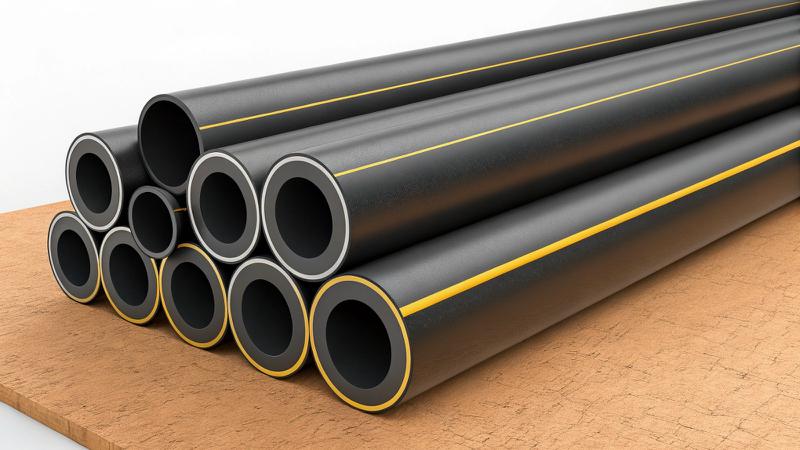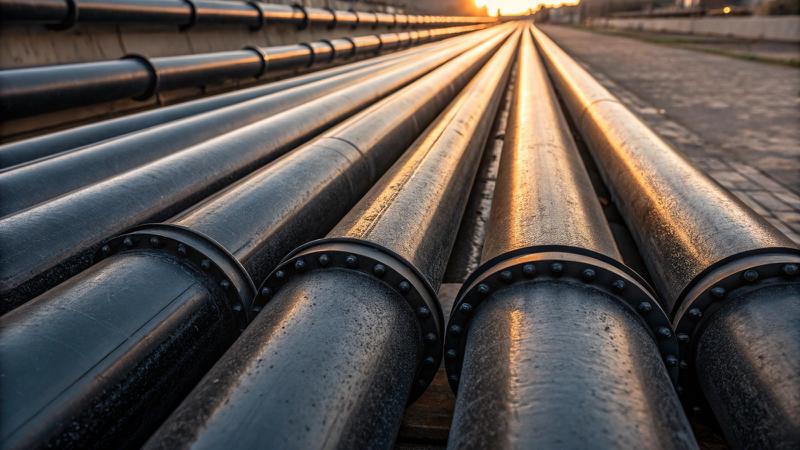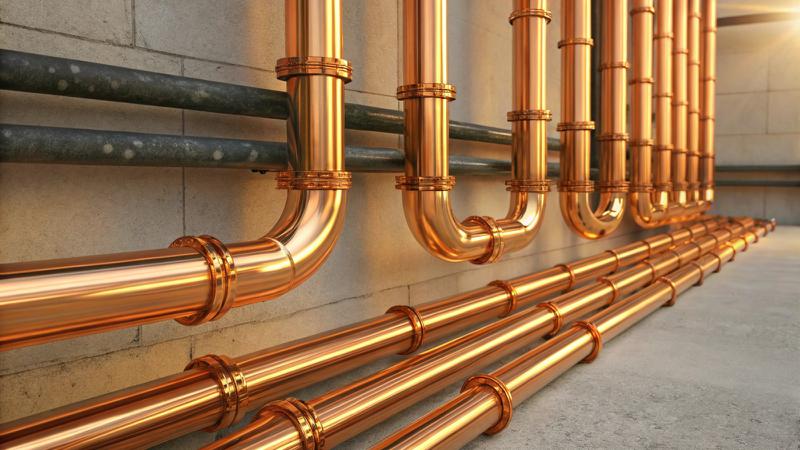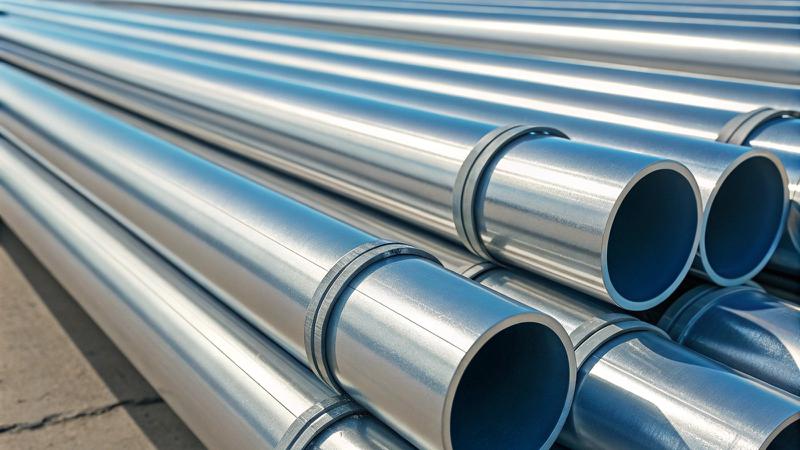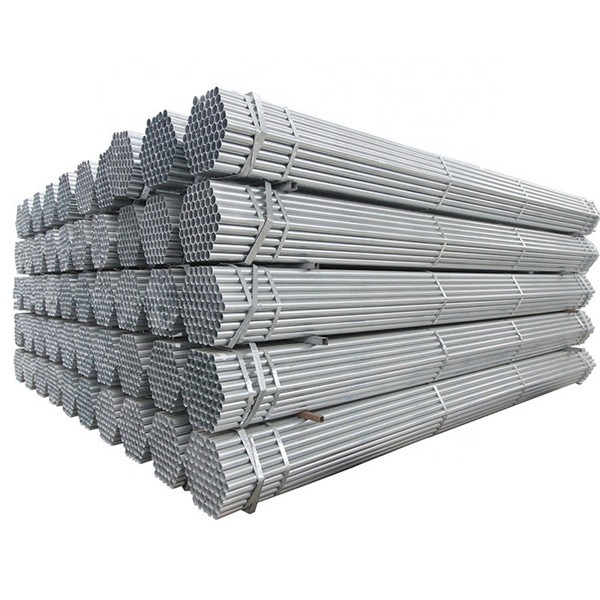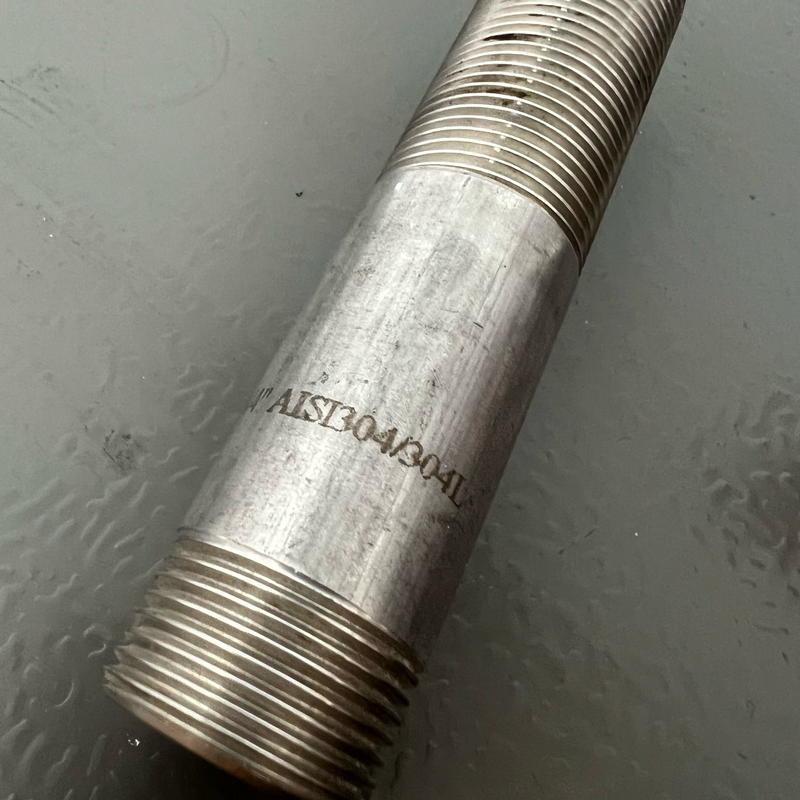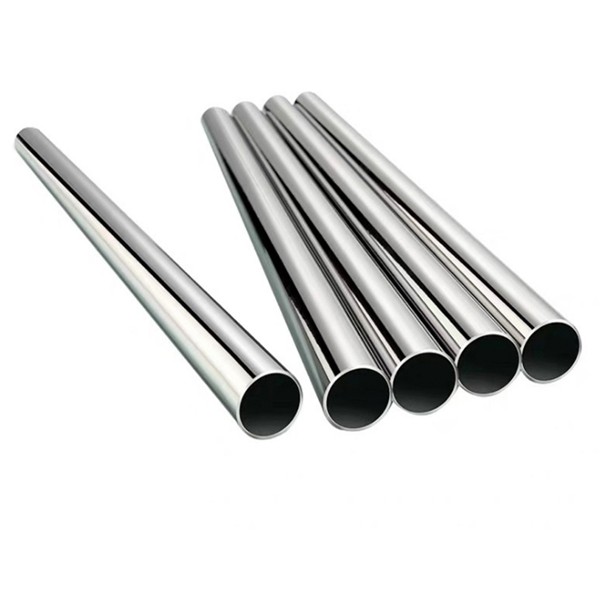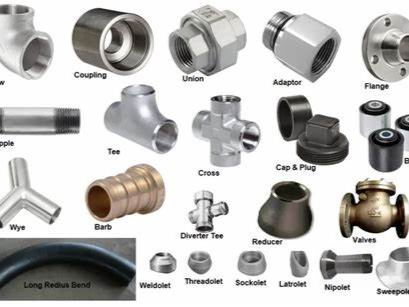Types of Gas Piping
Picking the right pipe for your gas line isn't just about saving money — it's a safety game-changer. Let's break down the top materials pros use (and why they matter):
Polyethylene (PE)
PE pipes, especially high-density polyethylene (HDPE), are the superheroes of underground gas lines. Why? They're built to last a century or more, won't rot or corrode from nasty stuff in the soil, and they're way cheaper to install than metal pipes. Plus, their joints are fused together like melted plastic glue, so leaks? Almost zero chance.
Black Iron
This old-school favorite is like the workhorse of indoor gas lines. It's cheap, forms airtight seals, and can handle high pressure like a champ. But here's the catch: it rusts faster than a bike left in the rain. If you use it, plan on regular checkups to catch corrosion early.
Corrugated Stainless Steel Tubing (CSST)
CSST is super flexible, so it snakes around obstacles without needing a million joints (fewer joints = fewer leaks). It's coated for corrosion protection but requires proper grounding to prevent electrical hazards.
Copper
Copper's the fancy option: sleek, rust-proof, and perfect for tight indoor spaces. But gas companies don't always love it. Some places ban it because gas additives can wear it down over time, and it's pricier than black iron. Still, plumbers adore it for quick retrofits — no welding required.
Hot-Dip Galvanized Steel
The pipes get dunked in molten zinc, giving them a rust-proof armor that laughs at harsh weather and chemicals. They're built to last 50+ years with zero maintenance, making them perfect for outdoor or high-pressure setups.
Gas Line Installation Costs
Costs vary by material, labor, and project complexity:
PE: $1–$2 per linear foot.
Black iron: $5–$9 per linear foot.
CSST: $2–$5 per linear foot.
Labor: $45–$200/hour, depending on expertise.
Permits/Inspections: $50–$300.
The total average cost is $260–$1,350 per run, with underground installations often exceeding $1,000 due to trenching. 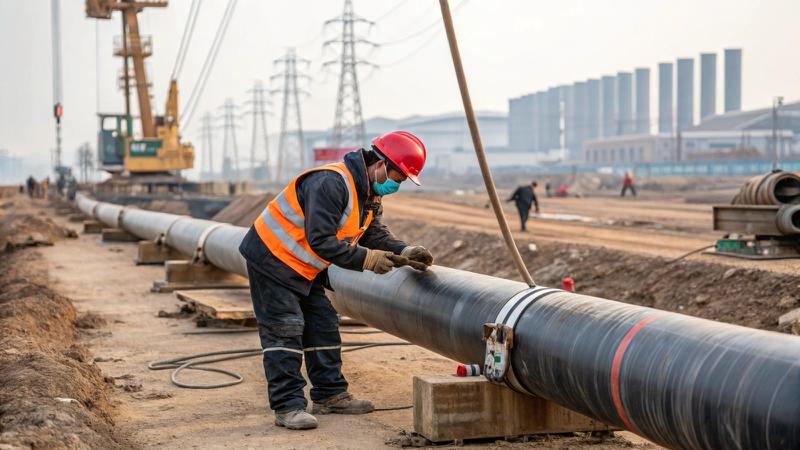
What Kind of Gas Pipe Should You Use?
PE and HDPE pipes are the go-to choice for underground gas lines because they don't rust and last a long time-often 50 years or more. They're super flexible, so they can bend around rocks and roots without needing a bunch of extra joints, which means fewer chances for leaks.
CSST (Corrugated Stainless Steel Tubing) is mainly used indoors for gas piping in homes and buildings. Its flexibility lets it easily snake through walls, ceilings, and tight spaces where rigid pipes like black iron are hard to fit. This makes installation faster and reduces labor costs, especially in complex indoor layouts.
High-pressure gas lines need galvanized or stainless steel because these materials handle high pressure and resist corrosion, ensuring safety and durability. Galvanized steel is cheaper, about $15 for 20 feet, but takes more work to install. Stainless steel is stronger and more corrosion-resistant but much more expensive, costing around $100 or more per foot.
Installing New Gas Lines: Step-by-Step Guide
Plan & Permits: Confirm material compliance with local regulations and secure permits.
Trenching: For underground lines, dig a trench lined with gravel to protect pipes.
Installation:
- Connect pipes using heat fusion (PE) or mechanical fittings (CSST/steel).
- Test for leaks with a pressure test ($75–$500).
Inspection: Schedule a final inspection to ensure compliance. 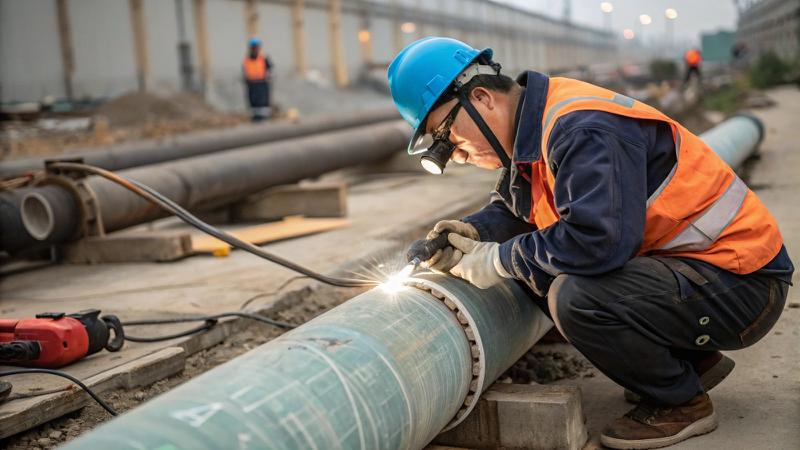
Comparison and Expert Recommendations
| Material | Best For | Advantages | Disadvantages |
| PE | Underground | Durable, flexible, low-cost | UV-sensitive |
| CSST | Indoor/Complex | Easy install, fewer leaks | Requires grounding |
| Galvanized Steel | High-pressure | Corrosion-resistant | Expensive, labor-heavy |
| Black Iron | Budget indoor | Affordable, strong seals | Prone to rust |
Experts recommend PE for most residential projects and galvanized steel for commercial high-pressure systems.
FAQ and More Gas Line Considerations
Q: What are the safety considerations for gas lines?
A: Ensure proper grounding (for CSST), avoid UV exposure (PE), and schedule annual inspections.
Q: What signs indicate a gas leak?
A: Rotten egg smell, hissing sounds, or dead vegetation near lines.
Q: Can I mix pipe materials in one system?
A: Not recommended—differences in pressure ratings may cause leaks.
Q: Are any materials banned for gas lines?
A: PVC is unsafe for high-pressure gas; copper is restricted in some areas.
Q: How to maintain gas lines?
A: Annual inspections, monitor corrosion (black iron), and replace damaged sections immediately.
Q: How often are inspections needed?
A: At least yearly, but more frequently for older systems or after earthquakes.
Conclusion
Selecting the best gas pipe involves balancing cost, durability, and local regulations. PE and CSST are top choices for flexibility and safety, while galvanized steel suits demanding environments. Always hire licensed professionals for installation and inspections.
